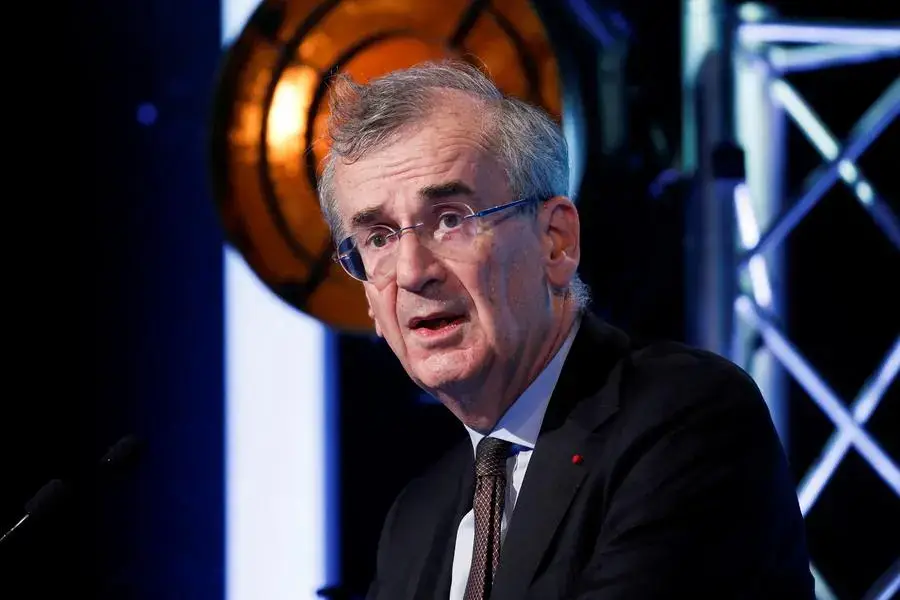European Central Bank (ECB) policymaker Francois Villeroy de Galhau signaled on Friday that more interest rate cuts are likely in 2025, amid ongoing economic challenges within the euro zone. Speaking to BFM business radio, Villeroy stated, “There will be further rate cuts next year.”
Villeroy emphasized that there is no predetermined path for future rate adjustments, noting that the ECB is “collectively rather comfortable with the financial markets’ interest rate forecasts for next year.” This follows the central bank’s decision to cut rates for the fourth time this year on Thursday, with a 25 basis point reduction that brought the ECB’s deposit rate to 3%.
The rate cut, which was widely expected by the market, signals the ECB’s readiness to ease monetary policy further as the euro zone economy faces headwinds from political instability domestically and the threat of a renewed U.S. trade conflict.
Economic Context and Policy Shift
The ECB’s decision to adjust its rate policy also reflects a change in language from its recent guidance. On Thursday, the ECB removed a reference to keeping rates “sufficiently restrictive,” which economists interpreted as a signal that more policy easing is on the horizon. Villeroy confirmed that this adjustment in guidance is likely setting the stage for further rate cuts, possibly as soon as January 2025.
Inflation in the euro zone is projected to settle around the ECB’s 2% target by early next year, which Villeroy suggested gives the central bank flexibility to reduce rates without jeopardizing the inflation goal.
Market and Economic Implications
The move by the ECB is aimed at spurring economic growth and countering the dampening effects of persistent political uncertainty and potential international trade disruptions. Villeroy noted that these factors have contributed to a slowdown in the euro zone economy, creating the need for continued monetary stimulus.
Investors and economists are watching closely for any further guidance from the ECB on how it plans to support growth in 2025, especially as the central bank navigates a complex global landscape that includes tightening monetary policies in the United States and elsewhere.





